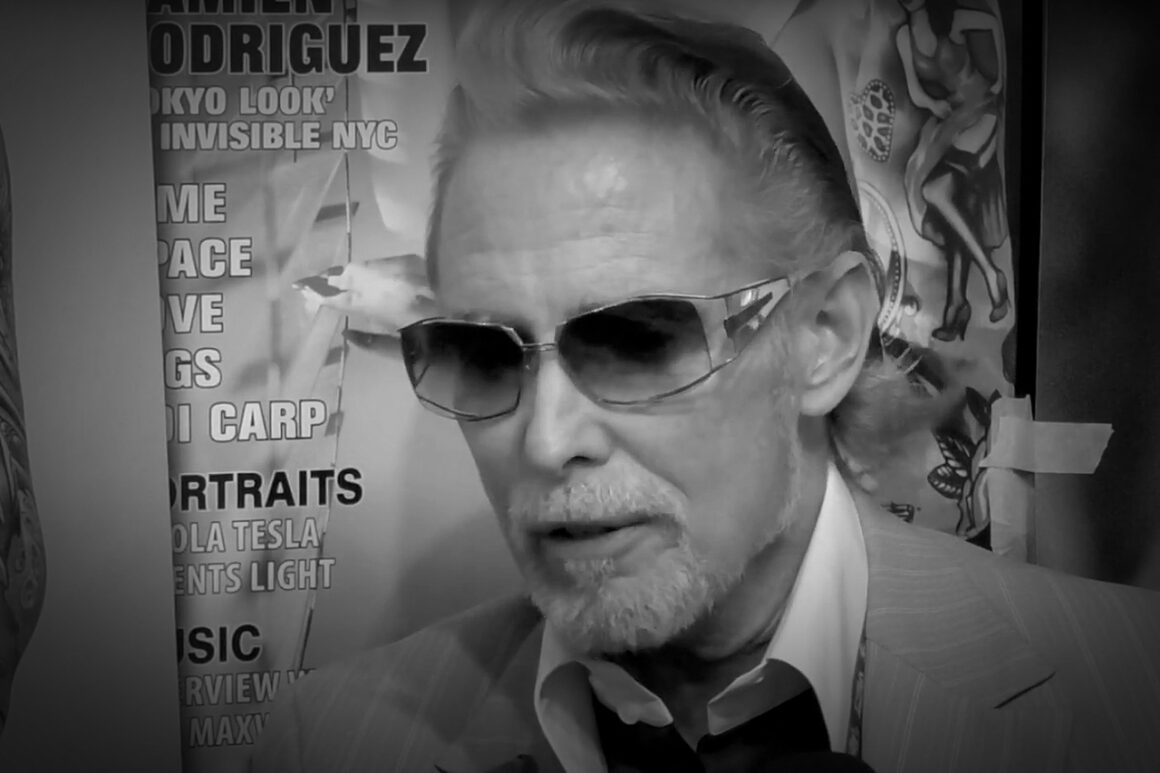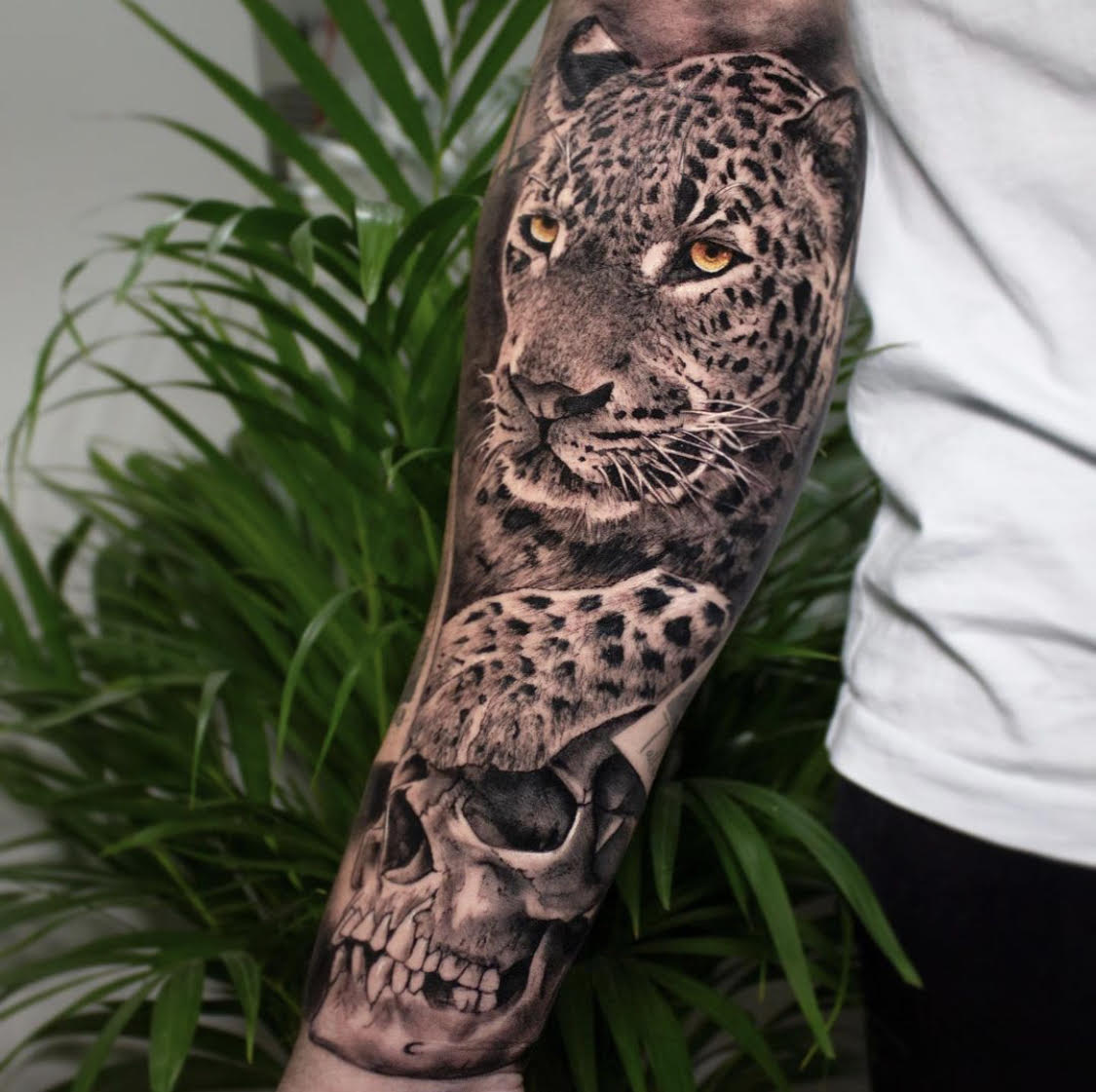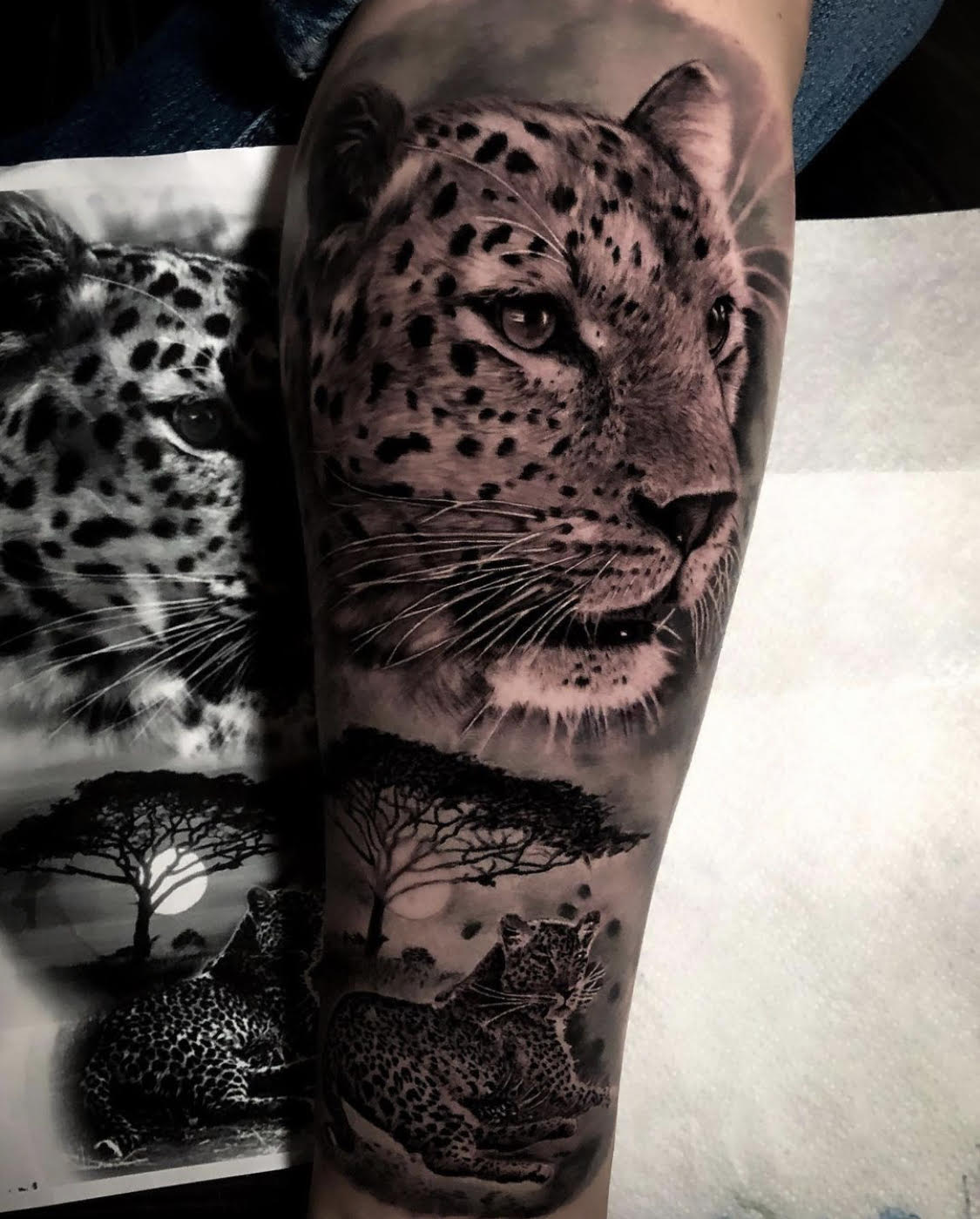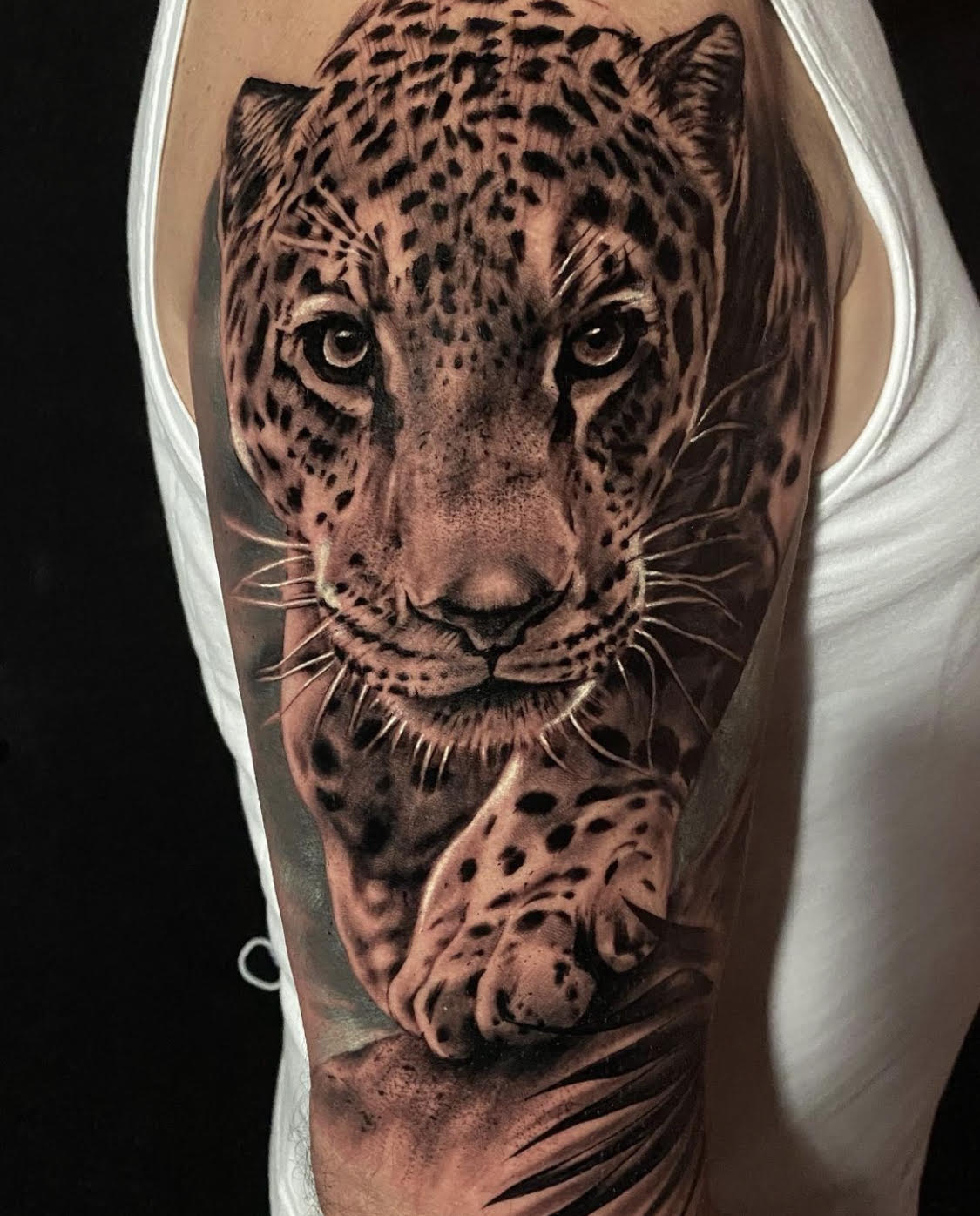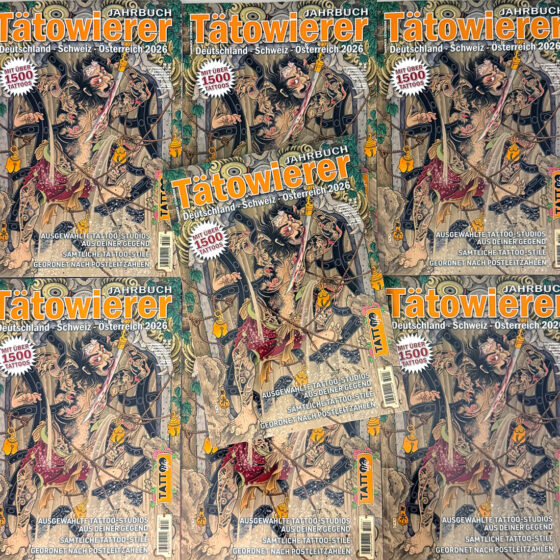Spending its strength with cunning and forethought: this leads us to suspect that anyone tattooed with the timeless subject of the leopard is themselves fundamentally wild at heart.
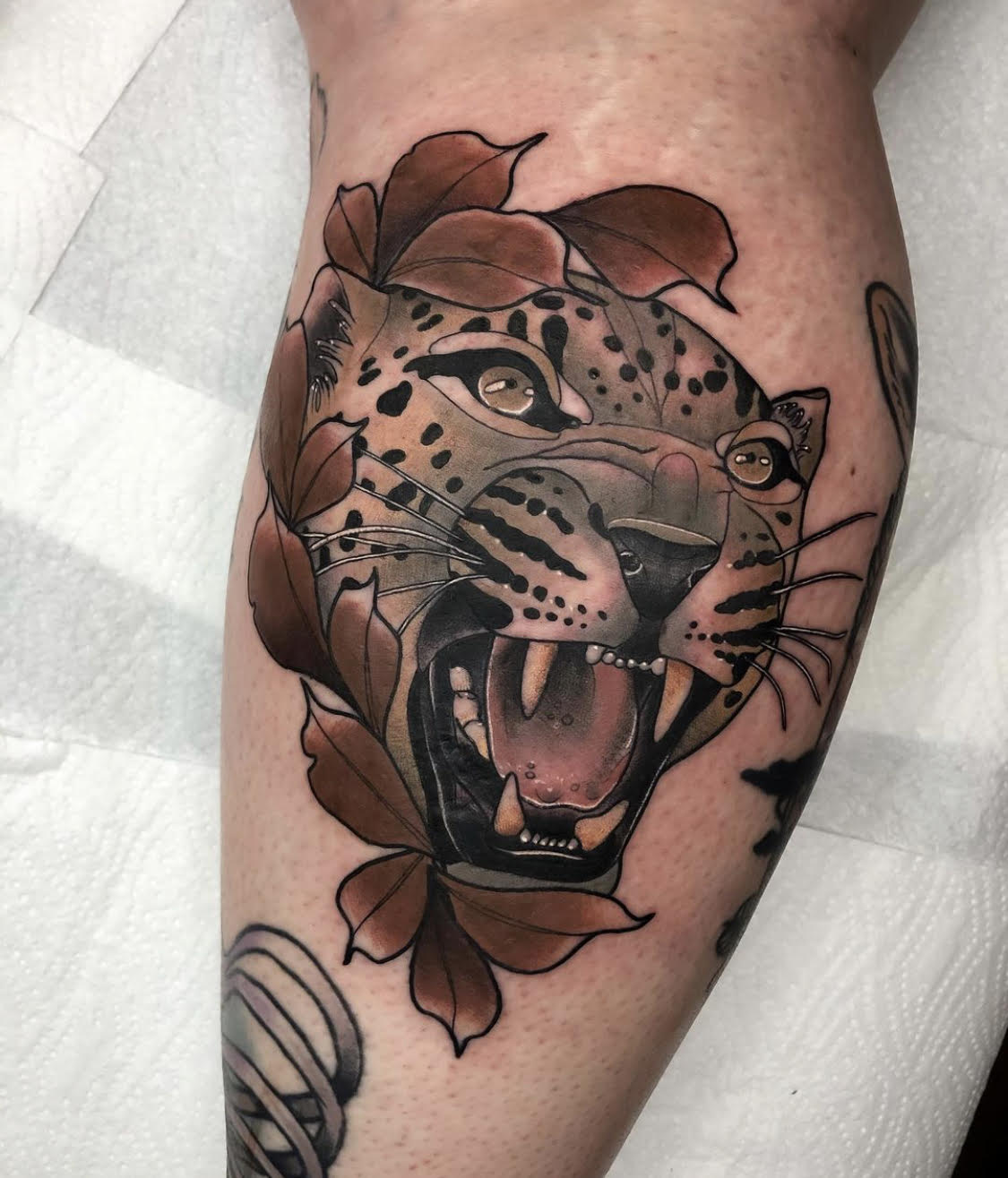
In order to understand the figure of the Leopard (scientific name: Panthera Pardus) we first need to examine what makes it different from the cheetah, a rather similar feline with which it is often confused.

The cheetah, in fact, is aerodynamic power in its purest form: the fastest land animal on the face of the earth. This gives it a broad chest, well-developed lungs and wider nostrils compared with other animals seeing as how it needs to take in as much oxygen as possible to reach speeds of up to 100 km/h.
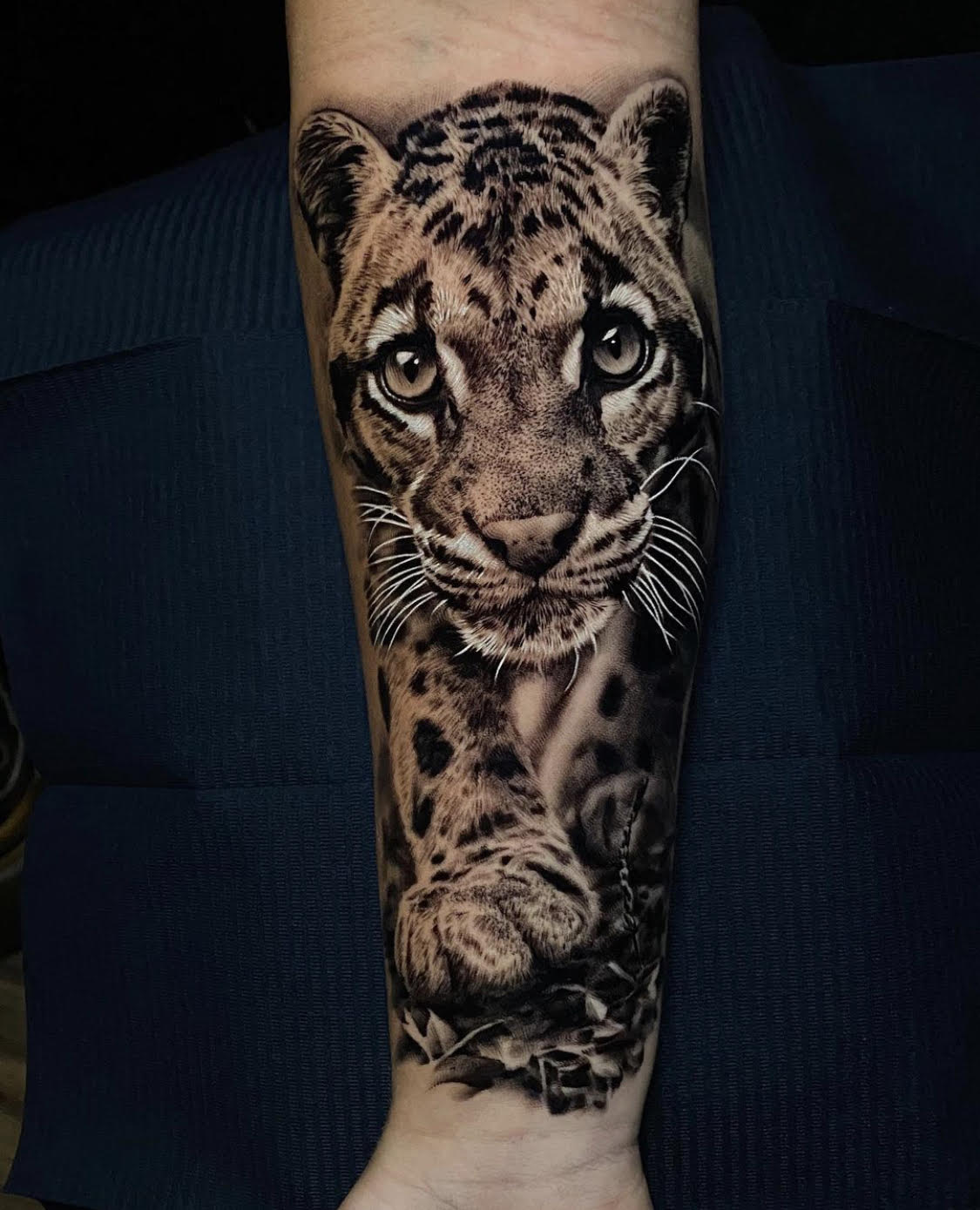
The Leopard, on the other hand, looks more like a stout, stocky panther. It has a larger, round head and its spots are completely different: more numerous they overlap all over its coat while those of the cheetah are isolated and sparse.
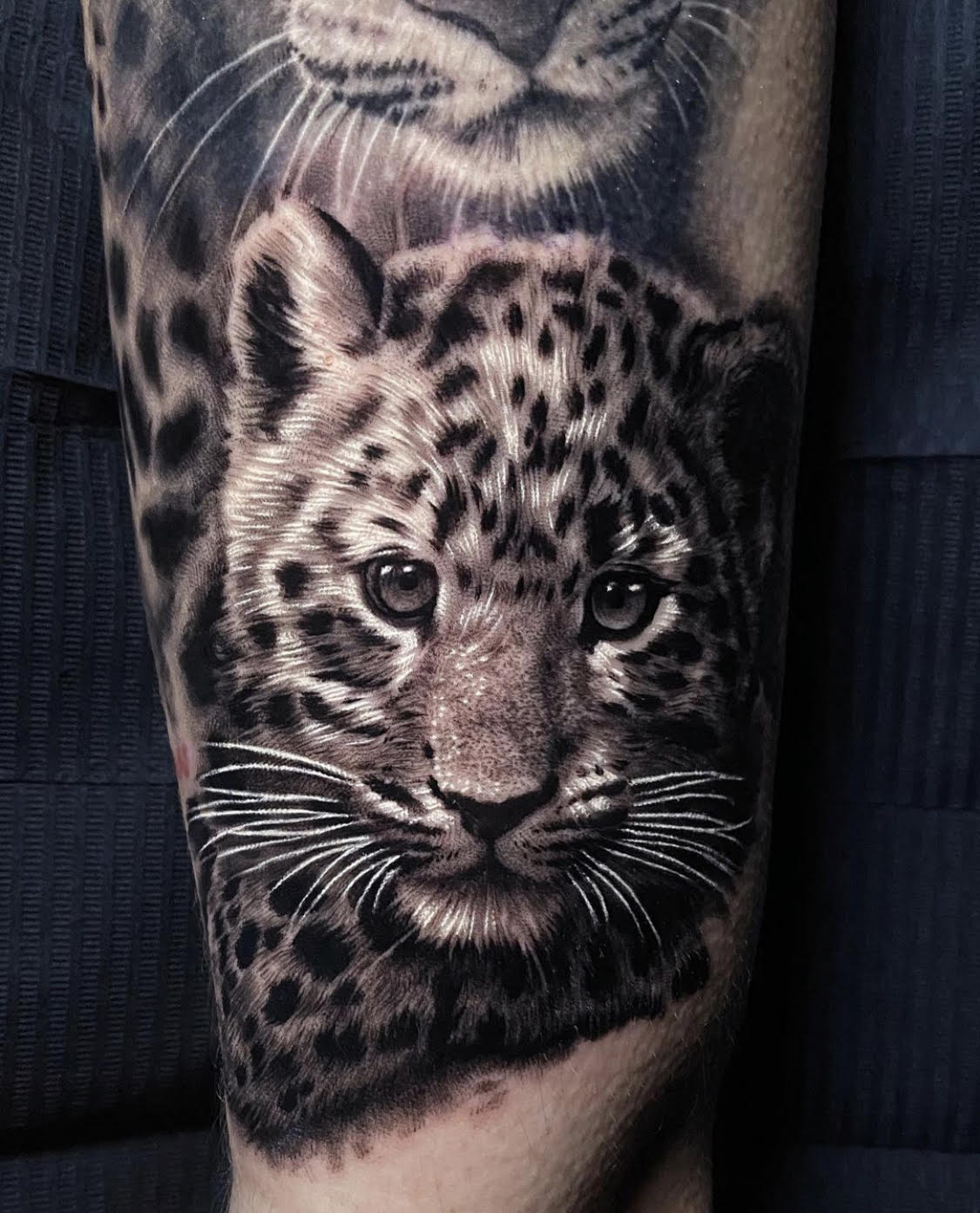
Character-wise, the Leopard remains a solitary opportunistic feline which can live in various types of habitat across Africa and south-east Asia. Its body is long, muscular and well-proportioned to the head with large paws which, thanks to the power in its pectoral muscles, allow it to climb trees easily. The long tail is held curved upwards when the Leopard is walking and acts as a stabiliser as it moves among trees or undergrowth.
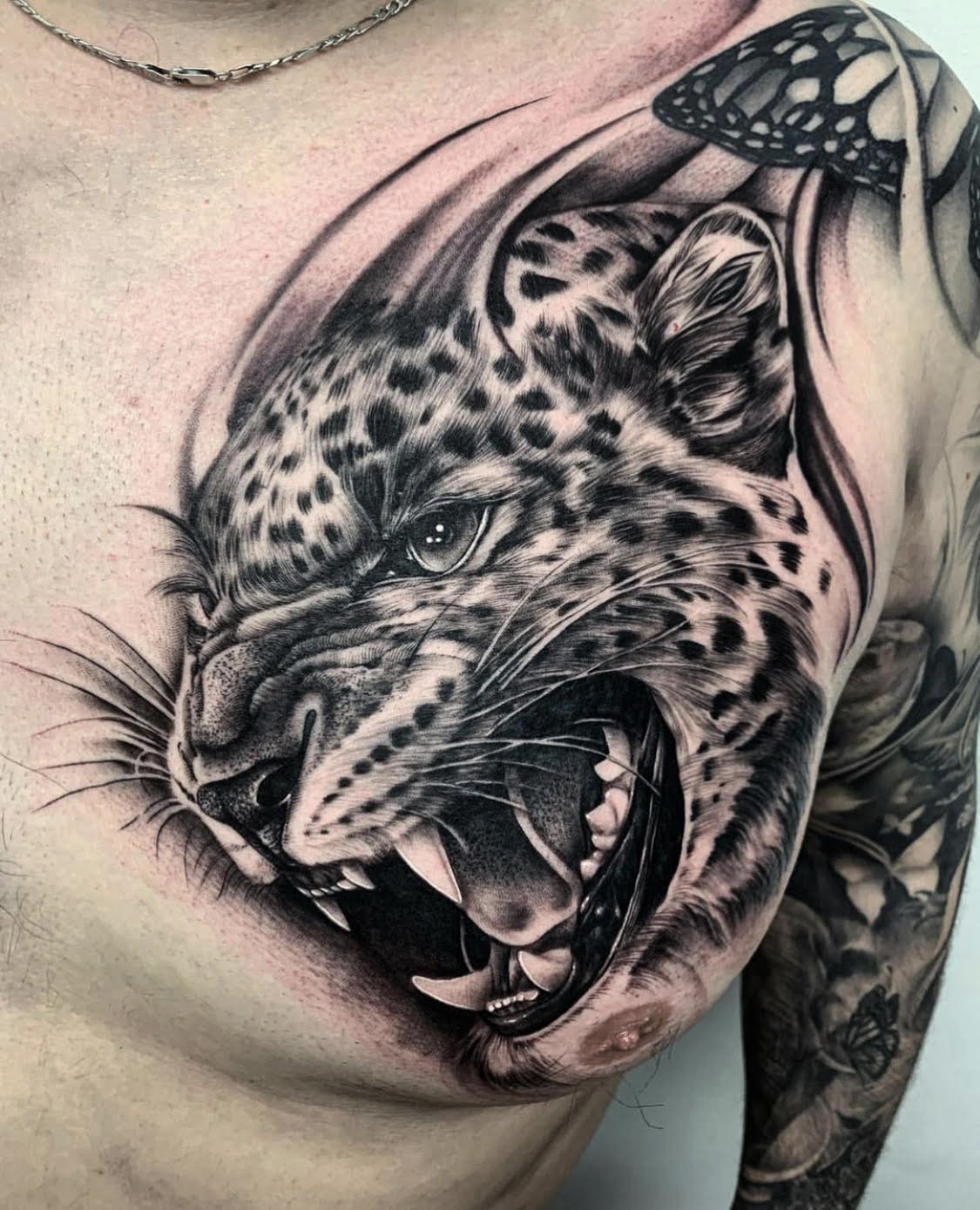
On average a Leopard weighs 60 kilos but there are some that reach as much as 90. The body is generally about a metre and a half long and 80 centimetres tall. In terms of speed it is way behind the cheetah with its 60 km/h but, as we have seen, it is stronger in terms of muscle mass.
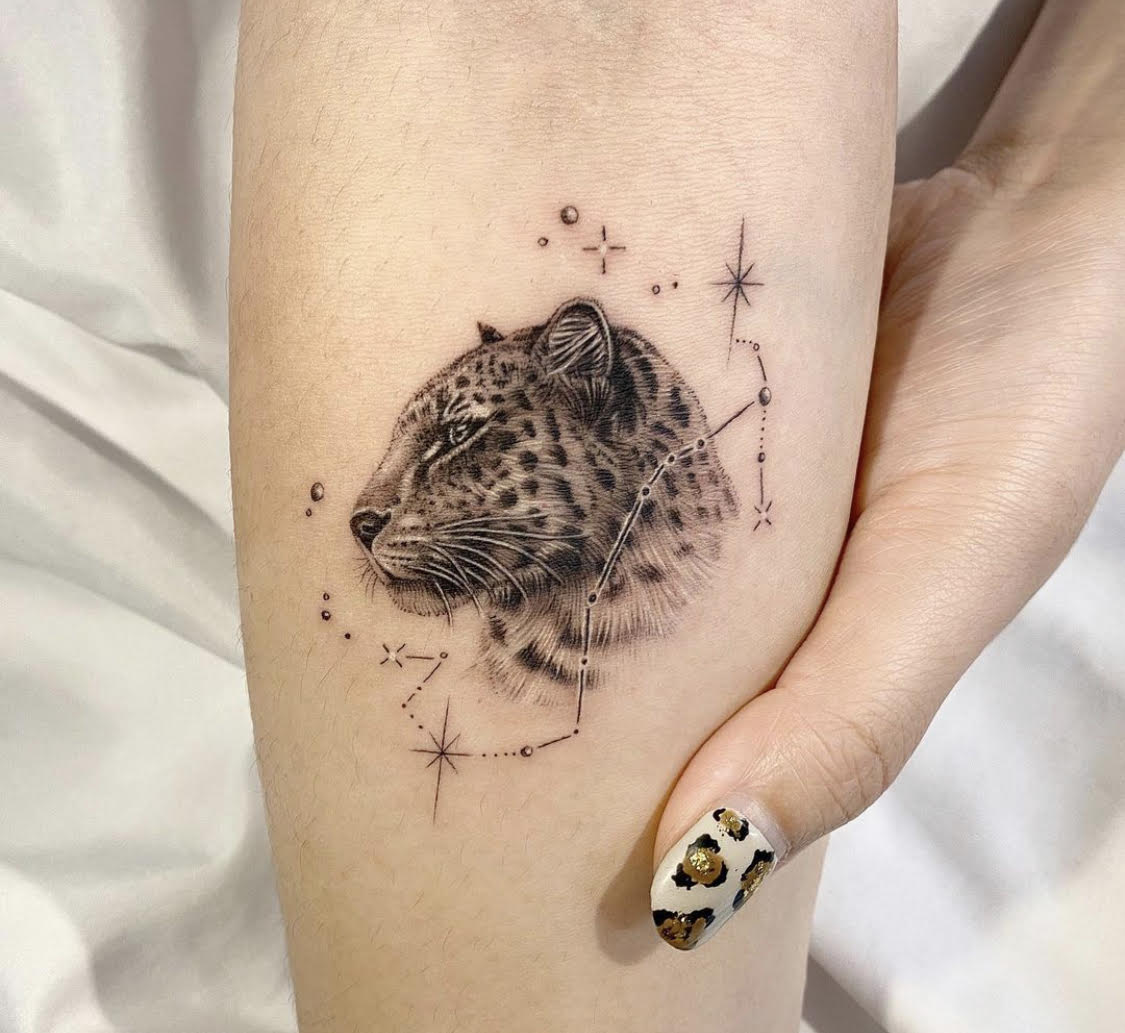
Basically we are dealing with a twilight predator which spends the daytime resting in the shade before going out to hunt at night. Its method is simple: it stalks its prey, creeping up on it from behind, before pouncing and killing it with a bite to the back of the neck or by strangulation. It will even at times jump on it from a large tree.
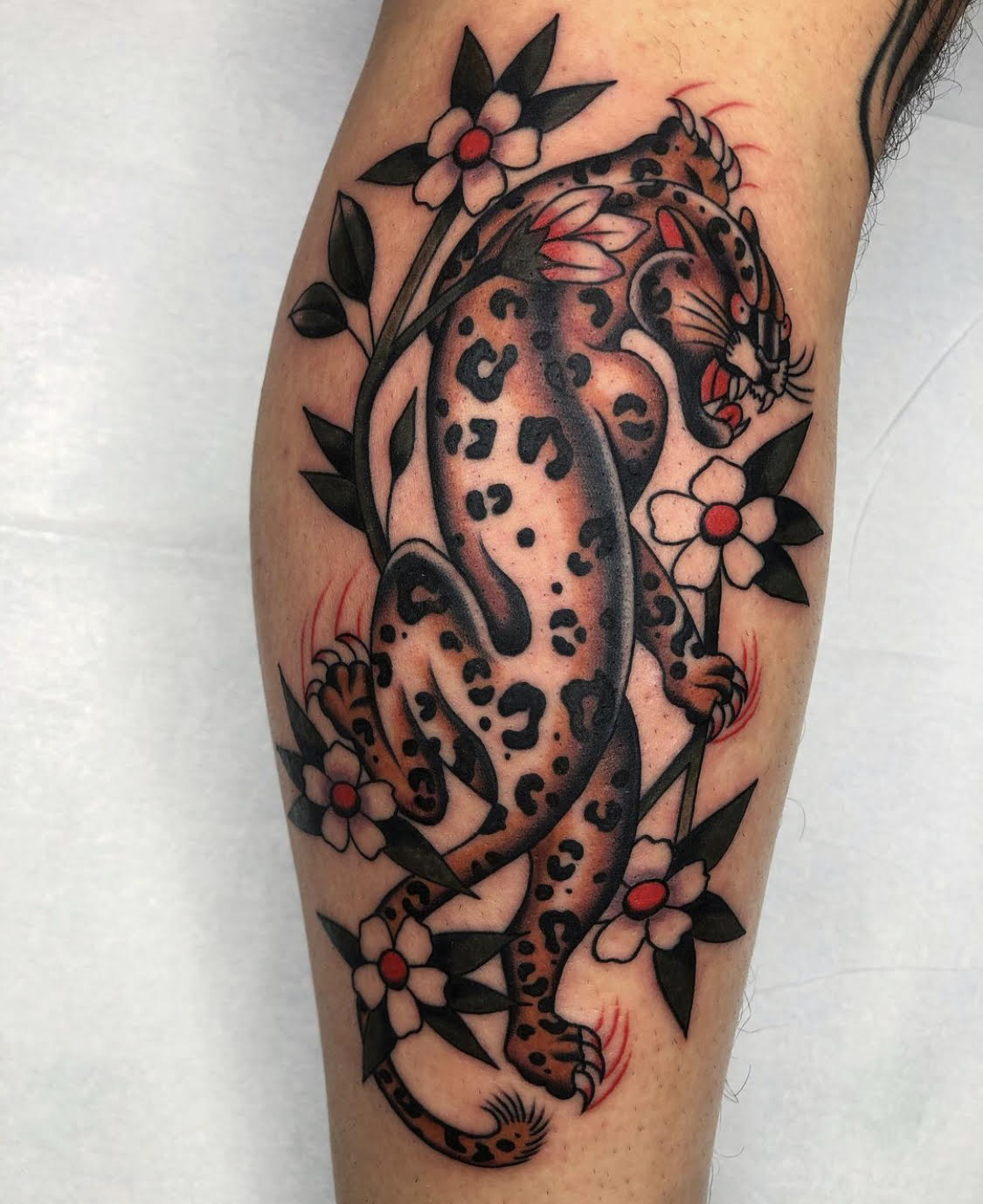
This is why, in terms of symbology, a Leopard stands above all for a patient, intelligent temperment, someone who wishes to test themselves. Strong and wise at the same time.
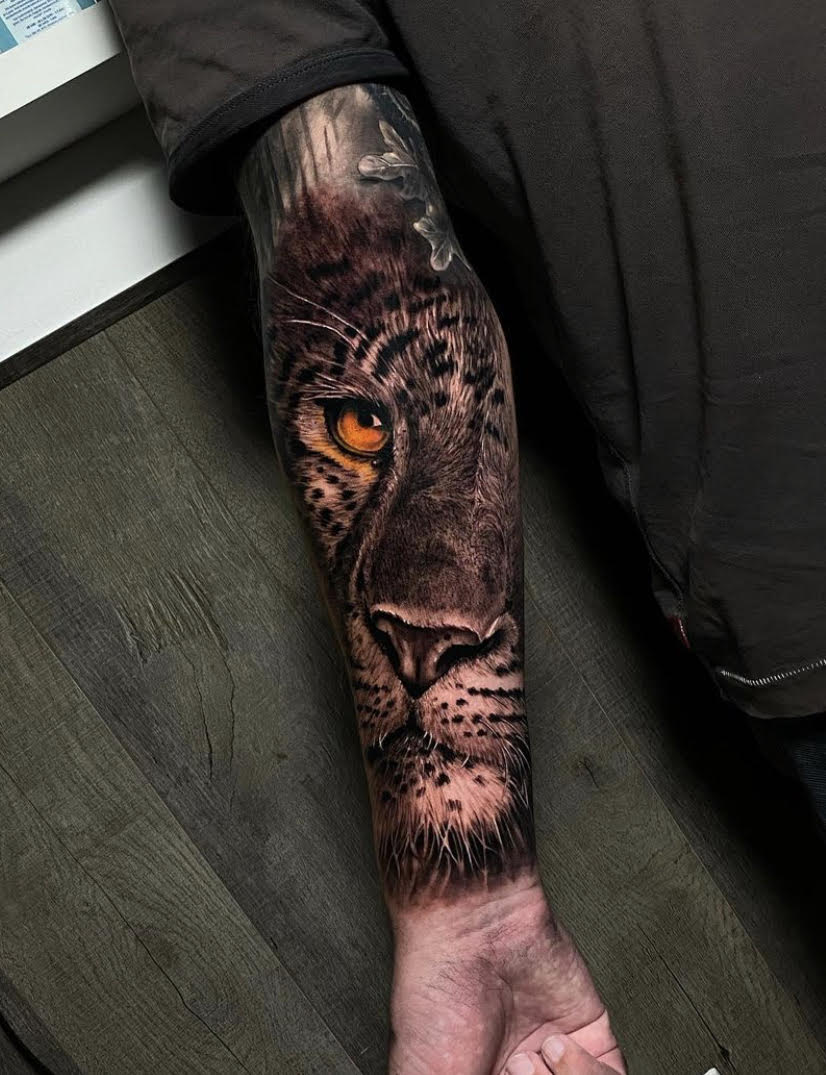
The existential philosophy of this animal is to succeed by means of repeated attempts until it finally achieves its end. In its case, any false moves (or escaped prey) are simply part of the learning process. The Leopard knows its own strength and is in no hurry to use it. It prefers to ponder its moves, not a minute more than necessary, but not a minute less.
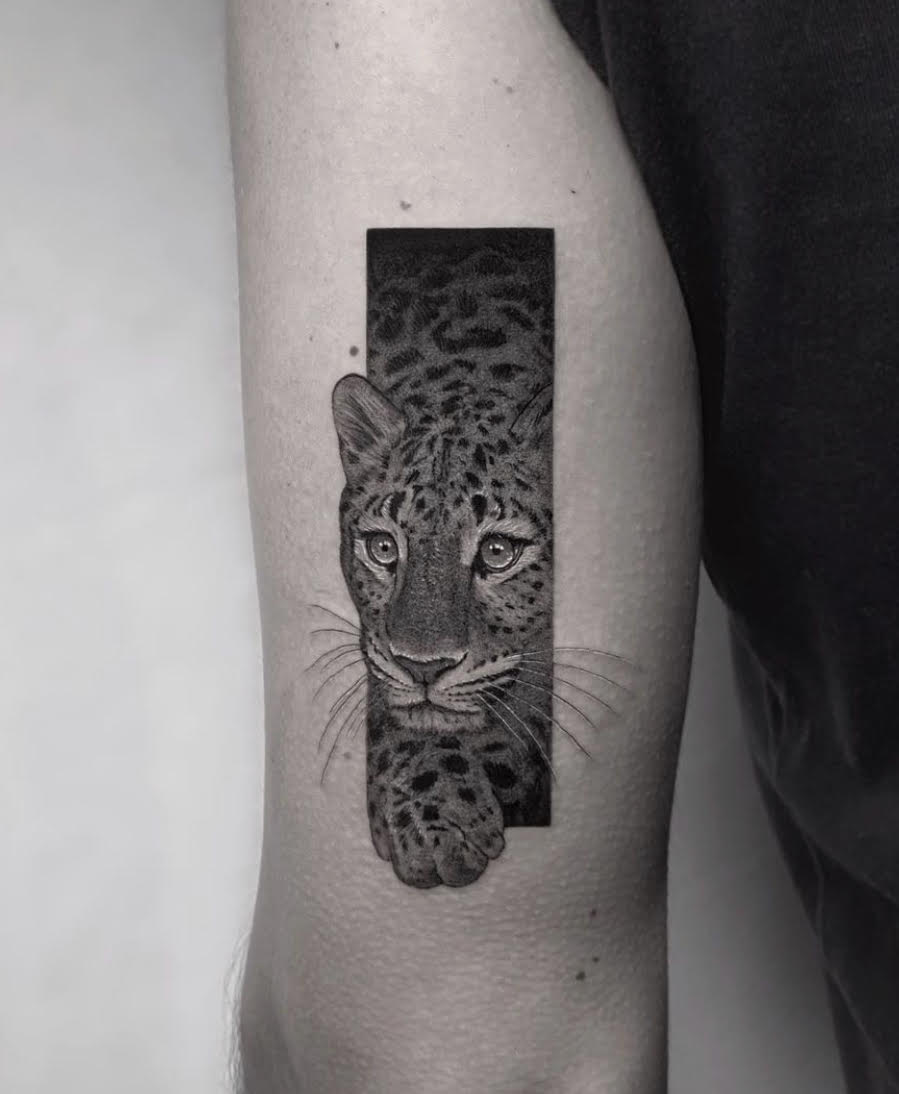
But there’s not much point in showing off to the world that you are always the strongest: and that is what this powerful big cat seems to be telling us. Physical strength, as we know, does not last forever, but evolves. It is better to be aware of your own current capabilities than to engage in a vulgar show of a power that is destined in any case to fade. A mature, thoughtful strength like that of the Leopard can therefore last forever. And in fact, its legend, on skin as in nature, is utterly timeless. It goes on and on.




